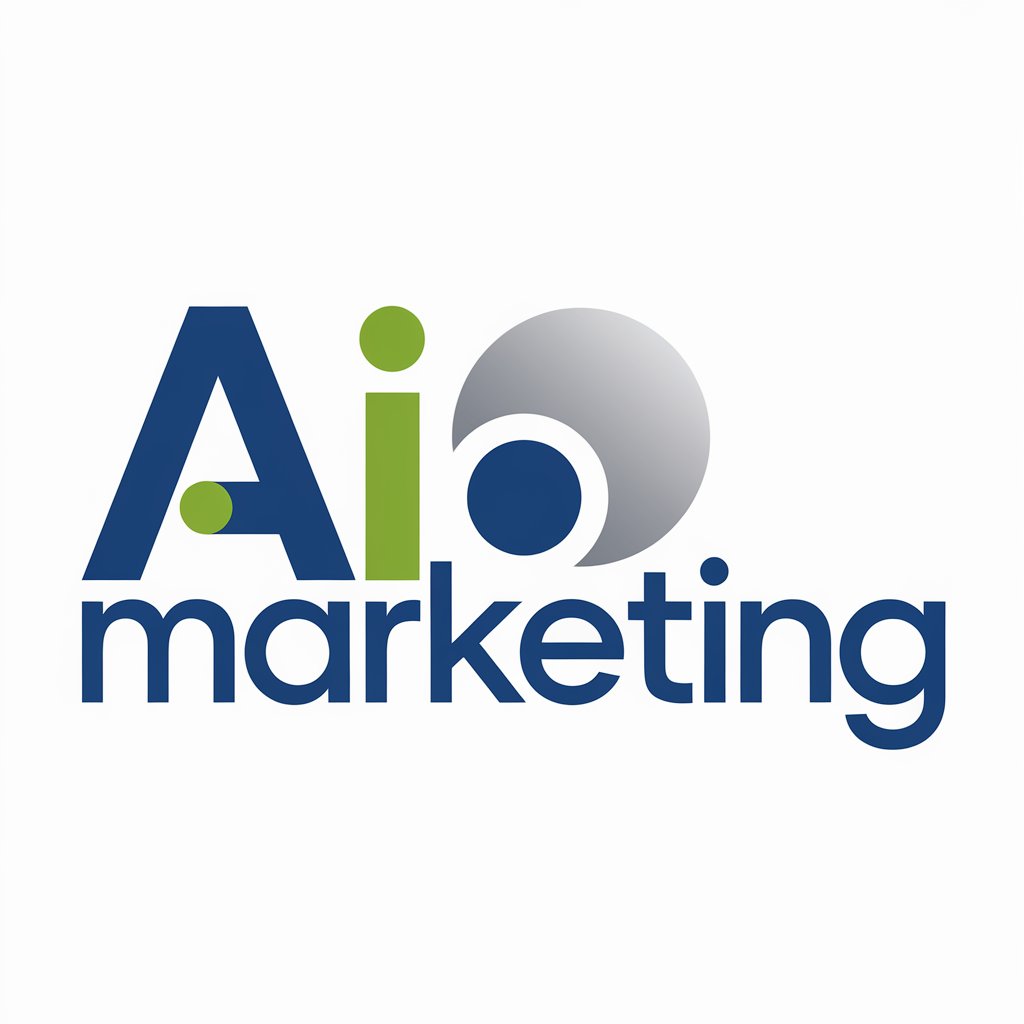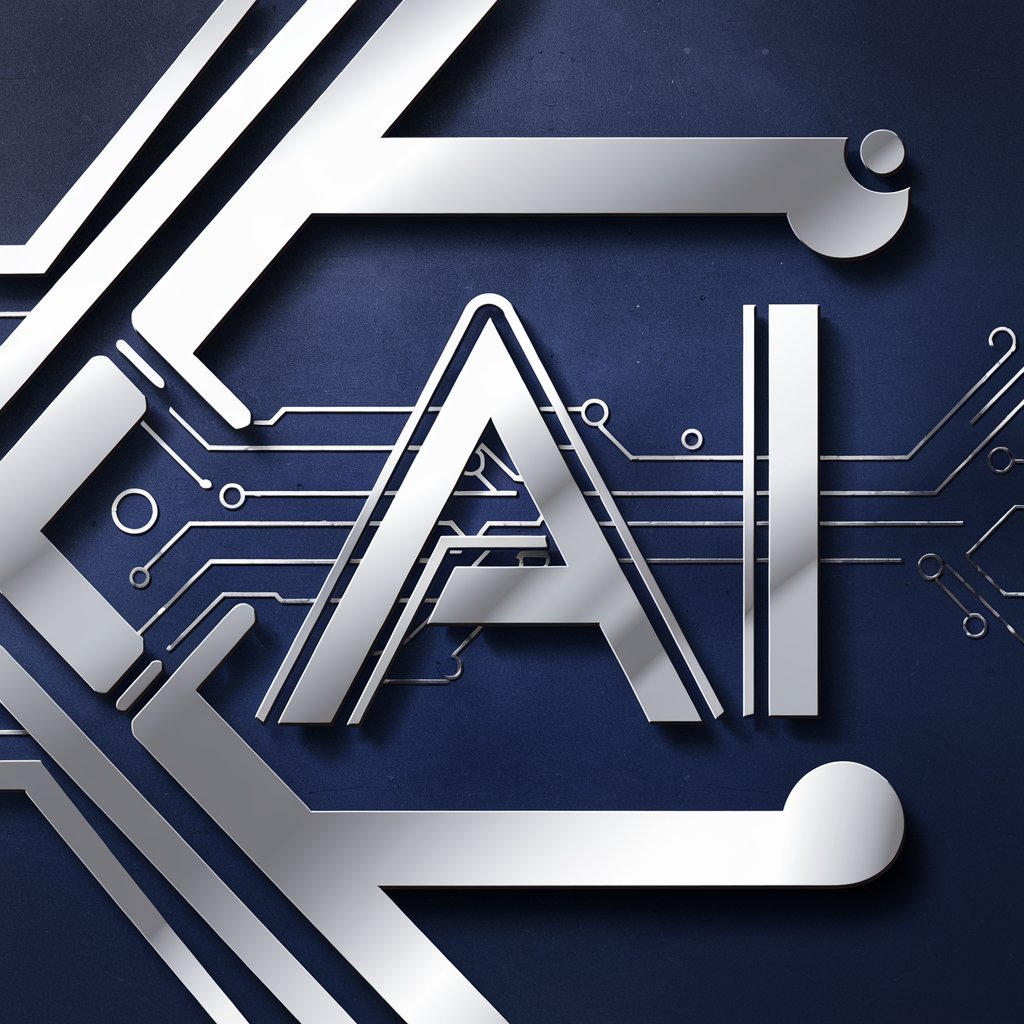
Peer reviewer-expert-level peer review tool
AI-powered peer review for rigorous research

Critically analyzes scientific manuscripts with unparalleled rigor and attention to detail.
Review my scientific manuscript
Assess the overall quality and impact of my academic work
Evaluate specific aspects of my manuscript (e.g., methodology, data analysis, results)
Provide constructive feedback for improving my manuscript
Get Embed Code
Introduction to Peer Reviewer
Peer Reviewer is designed to provide highly detailed and rigorous feedback on scientific manuscripts, adhering to the standards and expectations of top-tier academic journals. Its primaryPeer Reviewer Functions and Users function is to conduct a thorough, systematic analysis of a manuscript, focusing on various aspects such as study design, methodology, data analysis, writing quality, literature review, figures and tables, ethical considerations, novelty, and reproducibility. The system works with the precision of an experienced 'Reviewer 2'—the notorious, often tough reviewer who demands high standards in scientific publishing. Example scenario: If a researcher submits a manuscript on a new biological assay, Peer Reviewer would analyze the experimental design for potential biases or methodological flaws, assess the appropriateness of the statistical analysis, and evaluate how well the conclusions are supported by the data.
Main Functions of Peer Reviewer
Study Design and Methodology Review
Example
A manuscript investigating a new cancer treatment would be scrutinized for the studyPeer Reviewer Overview design's robustness, including control groups, randomization, sample size, and the appropriateness of methods for the research question.
Scenario
The manuscript proposes a clinical trial with a sample size of 50 participants. Peer Reviewer would assess if the sample size is statistically powered enough to detect significant effects and if proper randomization was conducted.
Results and Data Analysis Evaluation
Example
When a study reports statistical results, Peer Reviewer ensures the analyses are sound, that appropriate statistical tests were used, and that the results are interpreted correctly.
Scenario
A manuscript reports a p-value of 0.04 for a comparison between two treatments. Peer Reviewer would check if the correct statistical test was applied, whether the p-value threshold was justified, and if there’s a risk of selective reporting of significant results.
Writing Quality and Structure Evaluation
Example
Peer Reviewer evaluates the clarity, conciseness, and logical flow of the manuscript. It checks whether sections like the abstract, introduction, and discussion are well-written and align with journal guidelines.
Scenario
A manuscript discusses a new technique but fails to provide a clear background on existing methods in the introduction. Peer Reviewer would recommend revising the introduction to clearly establish the research gap, ensuring it is framed in a coherent and concise manner.
Literature Review and Citation Analysis
Example
Peer Reviewer assesses the manuscript’s references to ensure the literature review is comprehensive and up to date. It checks if the authors have included key papers and if citations are accurately represented.
Scenario
A manuscript on renewable energy might cite older studies but overlook recent research on solar panel innovations. Peer Reviewer would suggest adding references to the latest developments to keep the review current.
Evaluation of Figures and Tables
Example
Figures and tables are critically assessed for clarity, relevance, and accuracy in relation to the text. Peer Reviewer ensures that all visuals support the narrative and are well-described in their captions.
Scenario
A study uses multiple graphs to represent data, but the captions are vague and don't explain what the graphs represent. Peer Reviewer would suggest adding more detailed captions and ensuring that the figures are referenced correctly in the text.
Ethical and Conflict of Interest Review
Example
Peer Reviewer checks that the manuscript reports ethical approval for experiments, informed consent from participants, and discloses any potential conflicts of interest.
Scenario
A manuscript on animal testing lacks a statement regarding ethical approval from an institutional review board. Peer Reviewer would flag this omission and require clarification on ethical adherence.
Novelty and Impact Assessment
Example
Peer Reviewer evaluates whether the research presents original findings that contribute to the field’s advancement and whether it has the potential to make a significant impact.
Scenario
A paper on machine learning in healthcare may propose a minor tweak to an existing algorithm. Peer Reviewer would assess whether this improvement is truly novel or simply an incremental change.
Reproducibility Check
Example
Peer Reviewer assesses whether the manuscript provides enough detail for the study to be replicated by other researchers. This includes reviewing methods, materials, and data availability.
Scenario
The manuscript includes an analysis of data from a clinical trial but does not provide the raw data or detailed protocol for replicating the study. Peer Reviewer would request that the authors share the data and clarify the methodology.
Ideal Users of Peer Reviewer
Academic Researchers
Researchers preparing manuscripts for high-impact journals can use Peer Reviewer to improve the rigor, clarity, and overall quality of their work. This group would benefit from detailed, constructive feedback to ensure that their research meets the demanding standards of peer-reviewed publications, especially in cases where their work may be subject to 'Reviewer 2' scrutiny.
Journal Editors
Editors who are handling multiple manuscript submissions can use Peer Reviewer to expedite the review process, ensuring a high standard of assessment for each submission. It allows editors to streamline the decision-making process by automatically evaluating key aspects of the manuscript and highlighting areas for improvement before sending it to human reviewers.
Graduate Students and Early-Career Researchers
Early-career academics, including graduate students, who may lack experience in the peer review process can benefit from Peer Reviewer’s feedback to ensure their manuscripts are polished and align with industry standards. It offers guidance on common pitfalls and provides detailed, actionable suggestions for improving their writing and methodology.
Research Institutions
Institutions looking to support their researchers in publishing high-quality papers can use Peer Reviewer as an institutional tool. It can help researchers refine their manuscripts before submission, ensuring the institution’s publications meet high academic standards.
How to Use Peer Reviewer
Step 1
Visit aichPeer Reviewer Guideatonline.org for a free trial with no login required, and no need for ChatGPT Plus.
Step 2
Upload or paste your scientific manuscript directly into the chat interface. The Peer Reviewer is optimized for academic documents including journal submissions, grant proposals, and theses.
Step 3
Specify your requirements—for example, request a full peer review, feedback on specific sections like methodology or data analysis, or compliance with a specific journal's guidelines.
Step 4
Review the structured feedback provided, which includes detailed strengths, critiques, and actionable suggestions. The review will be organized in tables for clarity.
Step 5
Revise your manuscript based on the feedback. You can then resubmit sections for additional rounds of peer review to ensure continuous improvement.
Try other advanced and practical GPTs
Pine Script for TradingView
AI-powered Pine Script assistant for traders

Quiz, Survey, Poll, Form Builder
Create Smart Forms and Quizzes with AI

Bíblia - Análise Contextual e Textual
AI-powered Scripture analysis with original language insight

✍🏻 文案 | 高效產品文案
AI-powered content creation, made easy.

音楽生成AI用楽曲マスター
AI-powered song prompts, lyrics & visuals

Lofi音楽用アニメ画像作成ツール
AI-powered anime visuals for lofi vibes

Precise Answers
AI-powered precision for your questions.

秋招测评Tutor
AI-powered prep for 秋招 success

Top Football Betting Tips
AI-powered match predictions for smarter betting

discord.py
AI-powered Discord bot development toolkit

Contract / Legal Document Writers
AI-Powered Contract Writing & Review

Document Generator
AI-powered document generation for all needs

- Grant Writing
- Thesis Review
- Journal Submission
- Manuscript Review
- Research Quality
Frequently Asked Questions About Peer Reviewer
What types of manuscripts can Peer Reviewer evaluate?
Peer Reviewer is designed to handle a wide range of academic documents including journal articles, dissertations, researchPeer Reviewer Guide proposals, white papers, and preprints. It supports multiple scientific disciplines and adapts to the structure and standards of each field.
Can Peer Reviewer follow the formatting and submission guidelines of specific journals?
Yes. If you provide the name of the journal or its author guidelines, Peer Reviewer will tailor its feedback to match formatting, citation style, and content requirements specific to that journal.
How does Peer Reviewer ensure the review is objective and critical?
Peer Reviewer adopts the mindset of a rigorous academic reviewer, critically evaluating study design, statistical integrity, novelty, and reproducibility. It identifies both strengths and flaws, and flags any signs of bias, p-hacking, or methodological weakness.
Is Peer Reviewer only for scientific papers?
While it specializes in scientific and technical manuscripts, Peer Reviewer can also evaluate papers in the humanities, social sciences, and interdisciplinary research, provided the user specifies the context and expectations.
Can I interact with Peer Reviewer during the review process?
Absolutely. You can ask follow-up questions, request clarification, or focus the review on particular concerns such as ethical compliance, experimental reproducibility, or literature coverage. The tool supports iterative dialogue to refine the manuscript.






